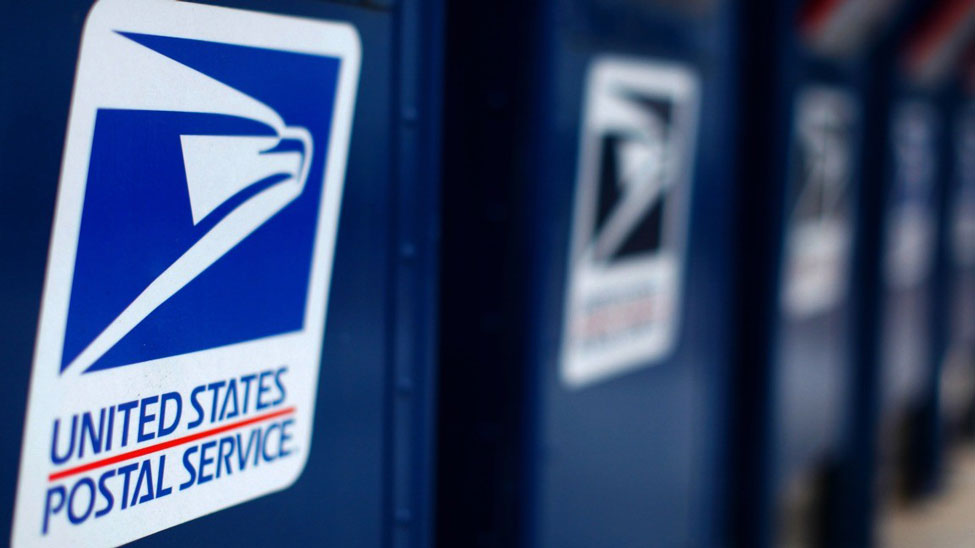
USPS: Adjusted loss increased by $2.0 billion as high inflation continues to impact operating expenses

The U.S. Postal Service today announced its financial results for the 2022 fiscal year ended September 30.
The enactment of the Postal Service Reform Act (PSRA) in April 2022 significantly impacted the financial condition of the Postal Service, as it repealed the requirement that the Postal Service annually prepay future retiree health benefits and canceled all past due prefunding obligations. These impacts are reflected as a one-time, non-cash benefit of $57.0 billion to net income for the year.
The Postal Service had an adjusted loss of $473 million for the year, compared to adjusted income of $1.5 billion for the same period last year. Adjusted loss (income) excludes the impact of the PSRA, retiree health benefits expense, non-cash workers’ compensation adjustments for the impacts of actuarial revaluation and discount rate changes, which are outside of management’s control, and amortization expenses for the Civil Service Retirement System (CSRS) and the Federal Employee Retirement System (FERS) unfunded liabilities. On a U.S. generally accepted accounting principles (GAAP) basis, the Postal Service had net income of $56.0 billion for the year, compared to a net loss of $4.9 billion for the same period last year, due almost exclusively to the one-time, non-cash impact of the PSRA.
“Our latest results show that we are making solid and steady progress – despite administrative, operational, and inflationary headwinds – toward our goals of financial break-even on an annual basis and sustainability on a long-term basis,” said Postmaster General and CEO Louis DeJoy. “While we are not where we want to be and still have far to go, the execution of our Delivering for America plan is producing greater operational efficiencies, improving service performance, generating more revenue, and enabling long-deferred investments to modernize our technology and operations infrastructure. Together, our leadership team and all our employees know we need to remain laser focused and drive hard to implement operational changes, capture the available efficiency gains, and grow our revenue, consistent with the initiatives in our plan.”
The Postal Service’s operating revenue was $78.5 billion for the year, an increase of $1.5 billion, or 1.9 percent, despite a volume decline of 1.6 billion pieces, or 1.2 percent, compared to the same period last year.
Marketing Mail revenue increased $1.4 billion, or 9.7 percent, on volume growth of 894 million pieces, or 1.4 percent. Marketing Mail experienced steep volume declines at the onset of the pandemic but has been rebounding as the economy continues to recover. Marketing Mail has generally proven to be a resilient marketing channel, and its value to U.S. businesses remains strong due to customer returns on investment and better data and technology integration.
First-Class Mail revenue increased $772 million, or 3.3 percent, despite a volume decline of 1.7 billion pieces, or 3.4 percent, compared to the same period last year. First-Class Mail revenue growth was due to price increases, while volume continued to decline due to on-going migration from mail to electronic communication and transaction alternatives and remains lower than pre-pandemic levels.
Shipping and Packages revenue decreased $700 million, or 2.2 percent, on a volume decline of 399 million pieces, or 5.3 percent, compared to the same period last year. Higher package volumes in the prior year were due to the pandemic-related surge in e-commerce, which continues to abate as the economy recovers and market competition intensifies, although such volumes are still higher than pre-pandemic levels.
Adjusted loss increased by $2.0 billion, compared to the same period last year, despite the $1.5 billion increase in revenue, due to inflationary impacts on several operating expense categories. Compensation and benefits expense increased $1.4 billion, or 2.9 percent, primarily due to wage increases in our labor agreements tied to inflation, and in particular the impacts of cost of living adjustments. Highway transportation expense increased $696 million, or 12.8 percent, partially due to higher average diesel fuel costs for long-haul transportation as a result of inflation. Other operating expenses increased $1.3 billion, or 13.0 percent, as inflationary pressures have led to higher average fuel prices for delivery vehicles and an increase in rent and utilities costs.
“As we previously mentioned in the third quarter release, the enactment of the PSRA was a key component of improving the Postal Service’s financial condition,” said Chief Financial Officer Joseph Corbett. “However, the one-time, non-cash impact to net income is not reflective of our true financial condition for the year. High inflation is presenting significant challenges to the Postal Service. We are rising to meet these challenges through strategic management of our business that will allow us to continue providing high-quality service to the American public while supporting our employees and achieving long-term financial sustainability.”









